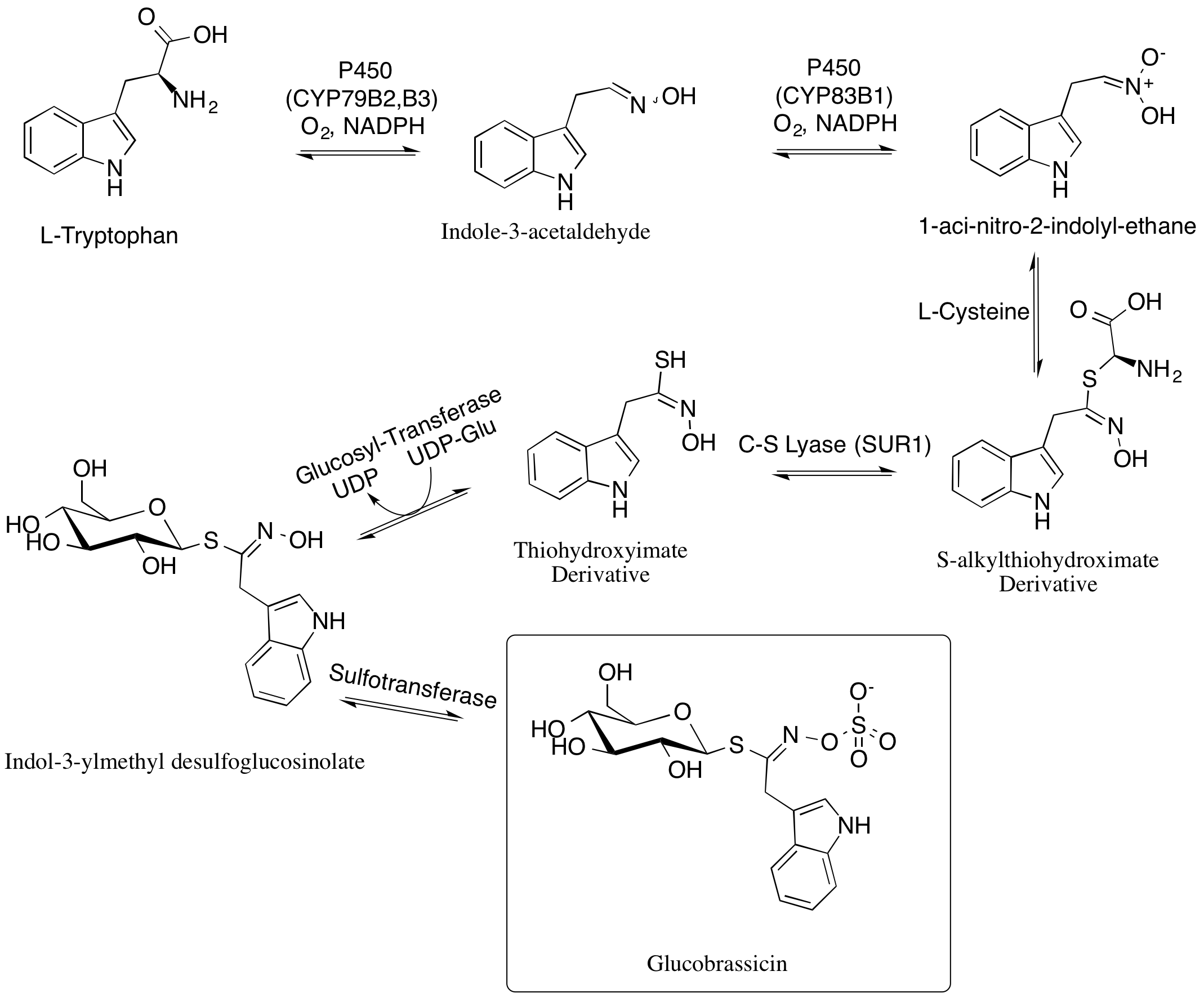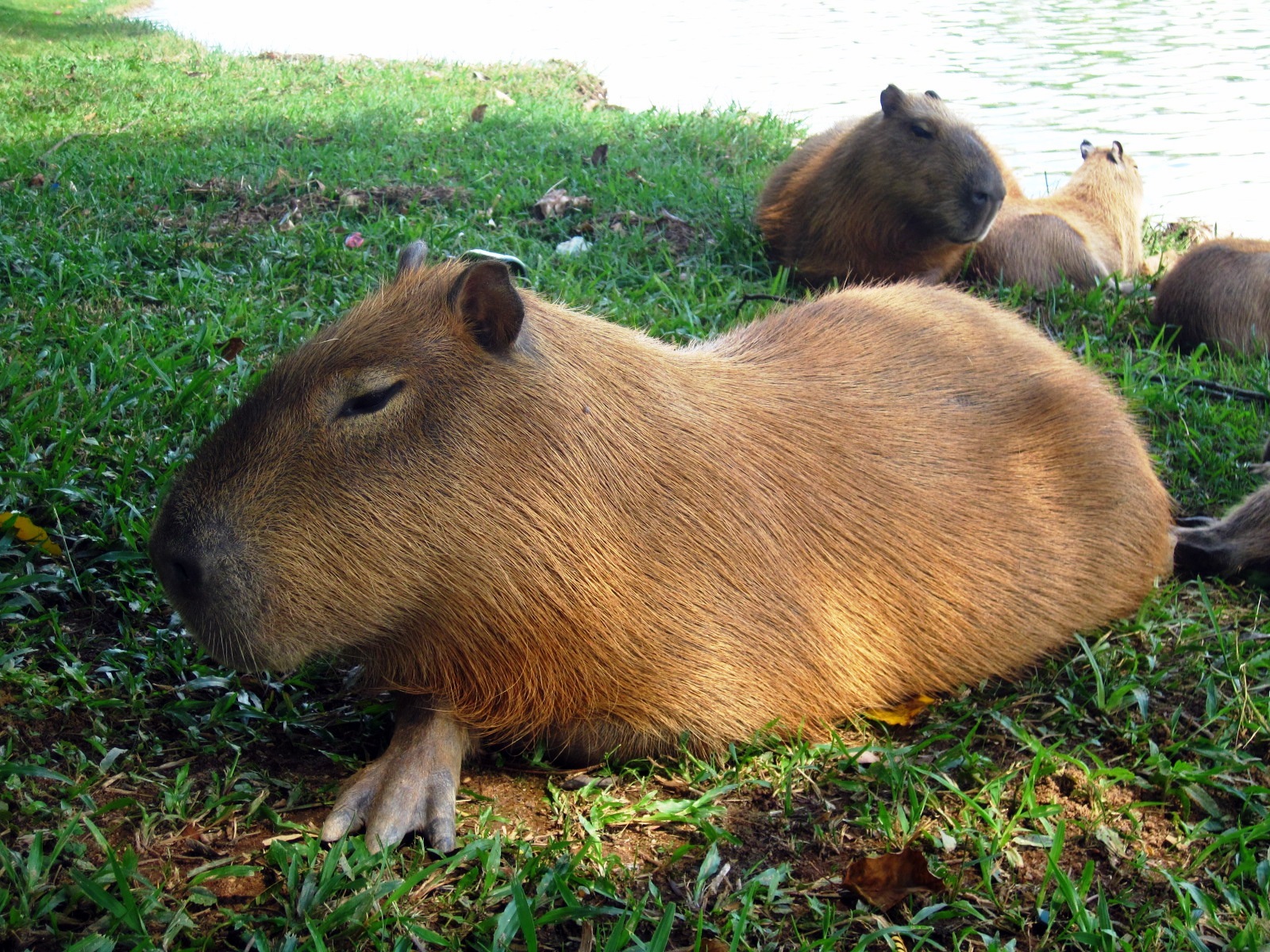|
Brassica Rupestris
''Brassica rupestris'' is a species of flowering plant in the family Brassicaceae, native to southwestern Italy, and Sicily. The plant is known to grow on vertical limestone cliffs. In the past it was proposed, based on morphology, that ''Brassica rupestris'' contributed to the ancestry of either kale or kohlrabi, but DNA evidence shows that it did not. Taxonomy ''Brassica rupestris'' was described and named by Constantine Samuel Rafinesque in 1810. In 1997 Francesco Raimondo and Pietro Mazzola erected a subspecies, ''Brassica rupestris'' subsp. ''hispida'', based on very slight differences including leaf hairiness and silique size, which is not supported by molecular studies. Subtaxa The following subtaxa are currently accepted: *''Brassica rupestris'' subsp. ''hispida'' – Sicily *''Brassica rupestris'' subsp. ''rupestris'' – southwestern Italy, Sicily Chemistry There were a number of substances of note found in the roots and shoots of ''B.rupestris''. These were tarta ... [...More Info...] [...Related Items...] OR: [Wikipedia] [Google] [Baidu] |
Constantine Samuel Rafinesque
Constantine Samuel Rafinesque-Schmaltz (; October 22, 1783September 18, 1840) was a French 19th-century polymath born near Constantinople in the Ottoman Empire and self-educated in France. He traveled as a young man in the United States, ultimately settling in Ohio in 1815, where he made notable contributions to botany, zoology, and the study of prehistoric earthworks in North America. He also contributed to the study of ancient Mesoamerican linguistics, in addition to work he had already completed in Europe. Rafinesque was an eccentric and erratic genius. He was an autodidact, who excelled in various fields of knowledge, as a zoologist, botanist, writer and polyglot. He wrote prolifically on such diverse topics as anthropology, biology, geology, and linguistics, but was honored in none of these fields during his lifetime. Indeed, he was an outcast in the American scientific community whose submissions were rejected automatically by leading journals. Among his theories were ... [...More Info...] [...Related Items...] OR: [Wikipedia] [Google] [Baidu] |
Glucobrassicin
Glucobrassicin is a type of glucosinolate that can be found in almost all cruciferous plants, such as cabbages, broccoli, mustards, and woad. As for other glucosinolates, degradation by the enzyme myrosinase is expected to produce an isothiocyanate, indol-3-ylmethylisothiocyanate. However, this specific isothiocyanate is expected to be highly unstable, and has indeed never been detected. The observed hydrolysis products when isolated glucobrassicin is degraded by myrosinase are indole-3-carbinol and thiocyanate ion (plus glucose, sulfate, and hydrogen ion), which are envisioned to result from a rapid reaction of the unstable isothiocyanate with water. However, a large number of other reaction products are known, and indole-3-carbinol is not the dominant degradation product when glucosinolate degradation takes place in crushed plant tissue or in intact plants. Glucobrassicin is also known to be a highly active egg-laying stimulant of cabbage white butterflies such as the small ... [...More Info...] [...Related Items...] OR: [Wikipedia] [Google] [Baidu] |
Flora Of Italy
The flora of Italy is all the plant life present in the territory of the Italian Republic. The flora of Italy was traditionally estimated to comprise about 5,500 vascular plant species. However, , 7,672 species are recorded in the second edition of the flora of Italy and in its digital archives ''Digital flora of Italy''. In particular, 7,031 are autochthonous and 641 are non native species widely naturalized since more than three decades. Additionally, further 468 exotic species have been recorded as adventitious or naturalized in more recent times. Geobotanically, the Italian flora is shared between the Circumboreal Region and Mediterranean Region. According to the index compiled by the Italian Ministry for the Environment in 2001, 274 vascular plant species were protected. Italy has 1,371 endemic plant species and subspecies. Biodiversity Italy is one of the richest European countries in both plant and animal biodiversity, with a population very rich in endemic forms. Du ... [...More Info...] [...Related Items...] OR: [Wikipedia] [Google] [Baidu] |
Brassica
''Brassica'' () is a genus of plants in the cabbage and mustard family (Brassicaceae). The members of the genus are informally known as cruciferous vegetables, cabbages, or mustard plants. Crops from this genus are sometimes called ''cole crops''derived from the Latin ''caulis'', denoting the stem or stalk of a plant. The genus ''Brassica'' is known for its important agricultural and horticultural crops and also includes a number of weeds, both of wild taxa and escapees from cultivation. ''Brassica'' species and varieties commonly used for food include bok choy, broccoli, cauliflower, cabbage, choy sum, kohlrabi, napa cabbage, rutabaga, turnip and some seeds used in the production of canola oil and the condiment mustard. Over 30 wild species and hybrids are in cultivation, plus numerous cultivars and hybrids of cultivated origin. Most are seasonal plants ( annuals or biennials), but some are small shrubs. ''Brassica'' plants have been the subject of much scientifi ... [...More Info...] [...Related Items...] OR: [Wikipedia] [Google] [Baidu] |
Vulnerable Species
A vulnerable species is a species which has been categorized by the International Union for Conservation of Nature as being threatened with extinction unless the circumstances that are threatening its survival and reproduction improve. Vulnerability is mainly caused by habitat loss or destruction of the species' home. Vulnerable habitat or species are monitored and can become increasingly threatened. Some species listed as "vulnerable" may be common in captivity, an example being the military macaw. There are currently 5196 animals and 6789 plants classified as Vulnerable, compared with 1998 levels of 2815 and 3222, respectively. Practices such as cryoconservation of animal genetic resources have been enforced in efforts to conserve vulnerable breeds of livestock specifically. Criteria The International Union for Conservation of Nature uses several criteria to enter species in this category. A taxon is Vulnerable when it is not critically endangered or Endangered but ... [...More Info...] [...Related Items...] OR: [Wikipedia] [Google] [Baidu] |
Least Concern
A least-concern species is a species that has been categorized by the International Union for Conservation of Nature (IUCN) as evaluated as not being a focus of species conservation because the specific species is still plentiful in the wild. They do not qualify as threatened, near threatened, or (before 2001) conservation dependent. Species cannot be assigned the "Least Concern" category unless they have had their population status evaluated. That is, adequate information is needed to make a direct, or indirect, assessment of its risk of extinction based on its distribution or population status. Evaluation Since 2001 the category has had the abbreviation "LC", following the IUCN 2001 Categories & Criteria (version 3.1). Before 2001 "least concern" was a subcategory of the "Lower Risk" category and assigned the code "LR/lc" or lc. Around 20% of least concern taxa (3261 of 15636) in the IUCN database still use the code "LR/lc", which indicates they have not been re-evalua ... [...More Info...] [...Related Items...] OR: [Wikipedia] [Google] [Baidu] |
Sicily
(man) it, Siciliana (woman) , population_note = , population_blank1_title = , population_blank1 = , demographics_type1 = Ethnicity , demographics1_footnotes = , demographics1_title1 = Sicilian , demographics1_info1 = 98% , demographics1_title2 = , demographics1_info2 = , demographics1_title3 = , demographics1_info3 = , timezone1 = CET , utc_offset1 = +1 , timezone1_DST = CEST , utc_offset1_DST = +2 , postal_code_type = , postal_code = , area_code_type = ISO 3166 code , area_code = IT-82 , blank_name_sec1 = GDP (nominal) , blank_info_sec1 = €89.2 billion (2018) , blank1_name_sec1 = GDP per capita , blank1_info_sec1 ... [...More Info...] [...Related Items...] OR: [Wikipedia] [Google] [Baidu] |
Calabria
, population_note = , population_blank1_title = , population_blank1 = , demographics_type1 = , demographics1_footnotes = , demographics1_title1 = , demographics1_info1 = , demographics1_title2 = , demographics1_info2 = , demographics1_title3 = , demographics1_info3 = , timezone1 = CET , utc_offset1 = +1 , timezone1_DST = CEST , utc_offset1_DST = +2 , postal_code_type = , postal_code = , area_code_type = ISO 3166 code , area_code = IT-78 , blank_name_sec1 = GDP (nominal) , blank_info_sec1 = €33.3 billion (2018) , blank1_name_sec1 = GDP per capita , blank1_info_sec1 = €17,000 (2018) , blank2_name_sec1 = HDI (2018) , blank2_info_sec1 = 0.845 · 20th of 21 , blank_name_sec2 = NUTS Region , blank_info_sec2 = ITF , website ... [...More Info...] [...Related Items...] OR: [Wikipedia] [Google] [Baidu] |
Glucoraphanin
Glucoraphanin is a glucosinolate found in broccoli, mustard and other cruciferous vegetables. Glucoraphanin is converted to sulforaphane by the enzyme myrosinase. In plants, sulforaphane deters insect predators and acts as a selective antibiotic. Synthesis Glucoraphanin is derived from dihomomethionine, which is methionine chain-elongated twice. The methyl sulfinyl group attached to the five-carbon chain (or four-carbon chain in sulforaphane) is chiral, and has the R configuration. This comes about when 4-methylthiobutylglucosinolate has an oxygen atom added by a flavin monooxygenase. Research Sulforaphane and other isothiocyanates have been studied for their potential biological effects. The isothiocyanates formed from glucosinolates are under laboratory research to assess the expression and activation of enzymes that metabolize xenobiotics, such as carcinogens. Observational studies have been conducted to determine if consumption of cruciferous vegetables affects ... [...More Info...] [...Related Items...] OR: [Wikipedia] [Google] [Baidu] |
Dehydroascorbic Acid
Dehydroascorbic acid (DHA) is an oxidized form of ascorbic acid (vitamin C). It is actively imported into the endoplasmic reticulum of cells via glucose transporters. It is trapped therein by reduction back to ascorbate by glutathione and other thiols. The (free) chemical radical semidehydroascorbic acid (SDA) also belongs to the group of oxidized ascorbic acids. Structure and physiology Top: ascorbic acid( reduced form of vitamin C)Bottom: dehydroascorbic acid( nominal oxidized form of vitamin C) Although a sodium-dependent transporter for vitamin C exists, it is present mainly in specialized cells, whereas the glucose transporters, the most notable being GLUT1, transport Vitamin C (in its oxidized form, DHA) in most cells, where recycling back to ascorbate generates the necessary enzyme cofactor and intracellular antioxidant, (see Transport to mitochondria). The structure shown here for DHA is the commonly shown textbook structure. This 1,2,3-tricarbonyl is too electr ... [...More Info...] [...Related Items...] OR: [Wikipedia] [Google] [Baidu] |
Brassicaceae
Brassicaceae () or (the older) Cruciferae () is a medium-sized and economically important family of flowering plants commonly known as the mustards, the crucifers, or the cabbage family. Most are herbaceous plants, while some are shrubs. The leaves are simple (although are sometimes deeply incised), lack stipules, and appear alternately on stems or in rosettes. The inflorescences are terminal and lack bracts. The flowers have four free sepals, four free alternating petals, two shorter free stamens and four longer free stamens. The fruit has seeds in rows, divided by a thin wall (or septum). The family contains 372 genera and 4,060 accepted species. The largest genera are '' Draba'' (440 species), '' Erysimum'' (261 species), '' Lepidium'' (234 species), '' Cardamine'' (233 species), and '' Alyssum'' (207 species). The family contains the cruciferous vegetables, including species such as '' Brassica oleracea'' (cultivated as cabbage, kale, cauliflower, broccoli and co ... [...More Info...] [...Related Items...] OR: [Wikipedia] [Google] [Baidu] |
Ascorbic Acid
Vitamin C (also known as ascorbic acid and ascorbate) is a water-soluble vitamin found in citrus and other fruits and vegetables, also sold as a dietary supplement and as a topical 'serum' ingredient to treat melasma (dark pigment spots) and wrinkles on the face. It is used to prevent and treat scurvy. Vitamin C is an essential nutrient involved in the repair of tissue, the formation of collagen, and the enzymatic production of certain neurotransmitters. It is required for the functioning of several enzymes and is important for immune system function. It also functions as an antioxidant. Most animals are able to synthesize their own vitamin C. However, apes (including humans) and monkeys (but not all primates), most bats, some rodents, and certain other animals must acquire it from dietary sources. There is some evidence that regular use of supplements may reduce the duration of the common cold, but it does not appear to prevent infection. It is unclear whether s ... [...More Info...] [...Related Items...] OR: [Wikipedia] [Google] [Baidu] |






